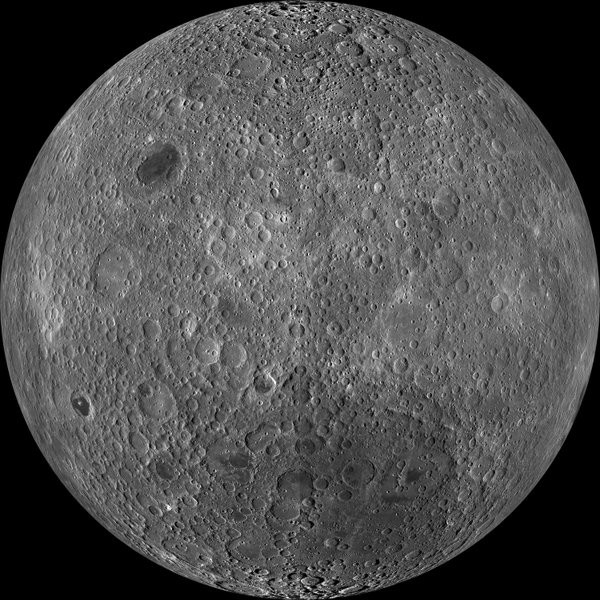In something that seems to have been taken from the recent film "Independent Day: Resurgence," China has unveiled plans to build a base on the moon in the near future.
The project, which was launched earlier this year, has received an initial funding of 16 million yuan ($2.4 million) from the National Natural Science Foundation to study the feasibility of building a permanently manned radar station on the moon, the South China Morning Post reported.
According to project head Guo Huadong, such a station would be able to observe and monitor a wider area than can be done by current satellites. It could also be used to produce clearer images of the Earth, as well as provide more detailed pictures of what's beneath the surface, thanks to high-frequency microwaves emitted by the station.
Gou originally proposed the idea of a moon-based radar station three years ago in a paper published in the journal Science China Earth Sciences. In his paper, Guo reasoned that the moon will be a better Earth observation platform due to it providing a more stable location than those used for satellites.
He also noted that structures erected on the moon could potentially last indefinitely on the lunar surface, as there would be less natural forces that would act on them compared to that of the Earth's surface.
The data that the station could generate could be at least 1.4 gigabytes per second, he estimated, and could be used for a wide variety of applications, including extreme weather monitoring global earthquake activity, and changes in the polar ice caps. It could also be used for studying agricultural production.
However, several experts questioned the viability of the project, the Huffington Post reported. According to Zhou Yigou, a radar technology expert at the Institute of Electronics of the Chinese Academy of Sciences, the distance of the moon from the Earth, which is about 10 times further than the highest orbiting satellite, could pose significant challenges.
Zhou said that the radar antenna on the moon station needs to be either very powerful or very large to be able to detect the radar waves bouncing back from the Earth.
Meanwhile, another scientist, who refused to be identified, said that the cost of building such a facility on the moon would be much higher than launching a fleet of satellites into orbit for the same purpose.
"It's a lunatic idea," the scientist remarked.
Guo's team is expected to deliver the first significant breakthrough on the project by 2020.



























